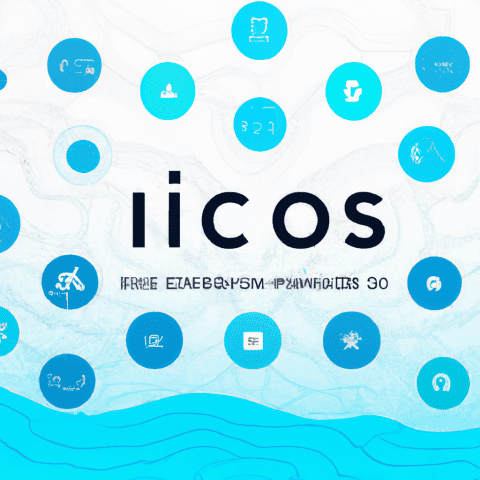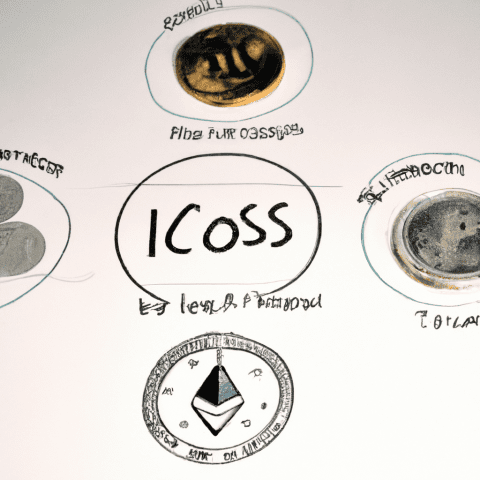In the ever-evolving world of cryptocurrency, Initial Coin Offerings (ICOs) and Initial Exchange Offerings (IEOs) have become popular methods for fundraising and investing. As investors seek out the next big opportunity in the market, it is crucial to understand the differences between ICOs and IEOs, as well as stay updated on the latest news and trends in the industry. From top ICOs and IEOs to watch in 2021 to insider tips for successful participation, this article will provide a comprehensive guide to navigating the world of ICOs and IEOs. Join us as we explore the evolution of ICOs and IEOs in the cryptocurrency market and analyze the hottest trends in ICO and IEO launches, ultimately uncovering the future of fundraising in the digital age.
1. "Exploring the Differences Between ICOs and IEOs"
Initial Coin Offerings (ICOs) and Initial Exchange Offerings (IEOs) are both fundraising methods used by cryptocurrency projects to raise capital. While they may seem similar at first glance, there are significant differences between the two that potential investors should be aware of.
One of the main differences between ICOs and IEOs is the platform on which they are conducted. ICOs are typically conducted by the project team themselves, who create and distribute tokens to investors directly. In contrast, IEOs are conducted on cryptocurrency exchanges, with the exchange acting as the intermediary between the project team and investors. This can provide investors with an added layer of security, as exchanges often conduct due diligence on projects before allowing them to launch an IEO on their platform.
Another key difference is the level of trust and credibility associated with ICOs and IEOs. ICOs have gained a reputation for being risky, with a high number of scams and failed projects. In contrast, IEOs are often seen as more trustworthy, as exchanges vet projects before allowing them to participate in an IEO. This can attract more investors to IEOs, as they feel more confident in the legitimacy of the projects being offered.
Additionally, the process of participating in an ICO versus an IEO can vary. ICOs typically require investors to send funds directly to the project team's wallet address, while IEOs allow investors to participate directly through their exchange account. This can make the investment process more convenient and secure for investors participating in an IEO.
Overall, while both ICOs and IEOs are popular fundraising methods in the cryptocurrency space, there are key differences that investors should consider. By understanding these differences and staying informed on the latest ICO and IEO news, investors can make more informed decisions when considering participating in upcoming ICOs or IEOs.















